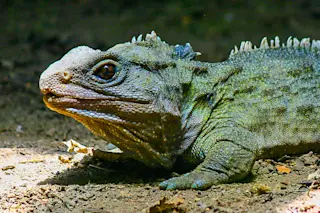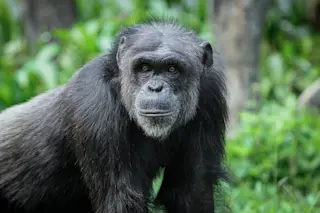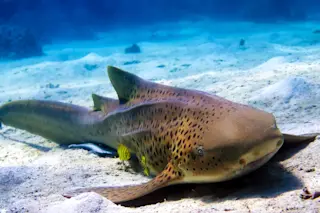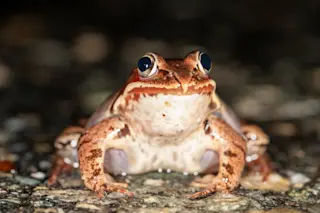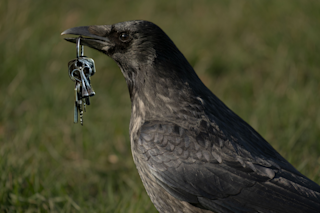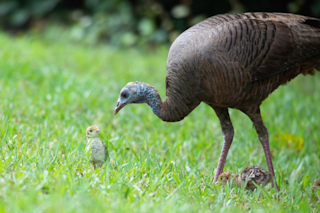A pregnant tsetse fly
The tsetse fly's claim to fame is spreading the parasite that causes sleeping sickness
in Africa. This public health concern has overshadowed much weirder facts about the tsetse, like the fact it gives birth to live, crawling larva---one at a time. (Sound familiar to you, mammal?) They also make "milk" to feed those larvae in utero, which uses some of same enzymes as mammals, according to new study
published in the journal Biology of Reproduction. In fact, the sleeping sickness parasite is not even the most interesting organism living inside tsetse flies; no, that distinction would below to a bacterium called Wigglesworthia, without which females are sterile. It's time to take a journey through tsetse fly reproduction. Insects are generally negligent parents: a female lays dozens or hundreds of eggs and flies off, leaving the young to fend for themselves. Most will die but a few ...


